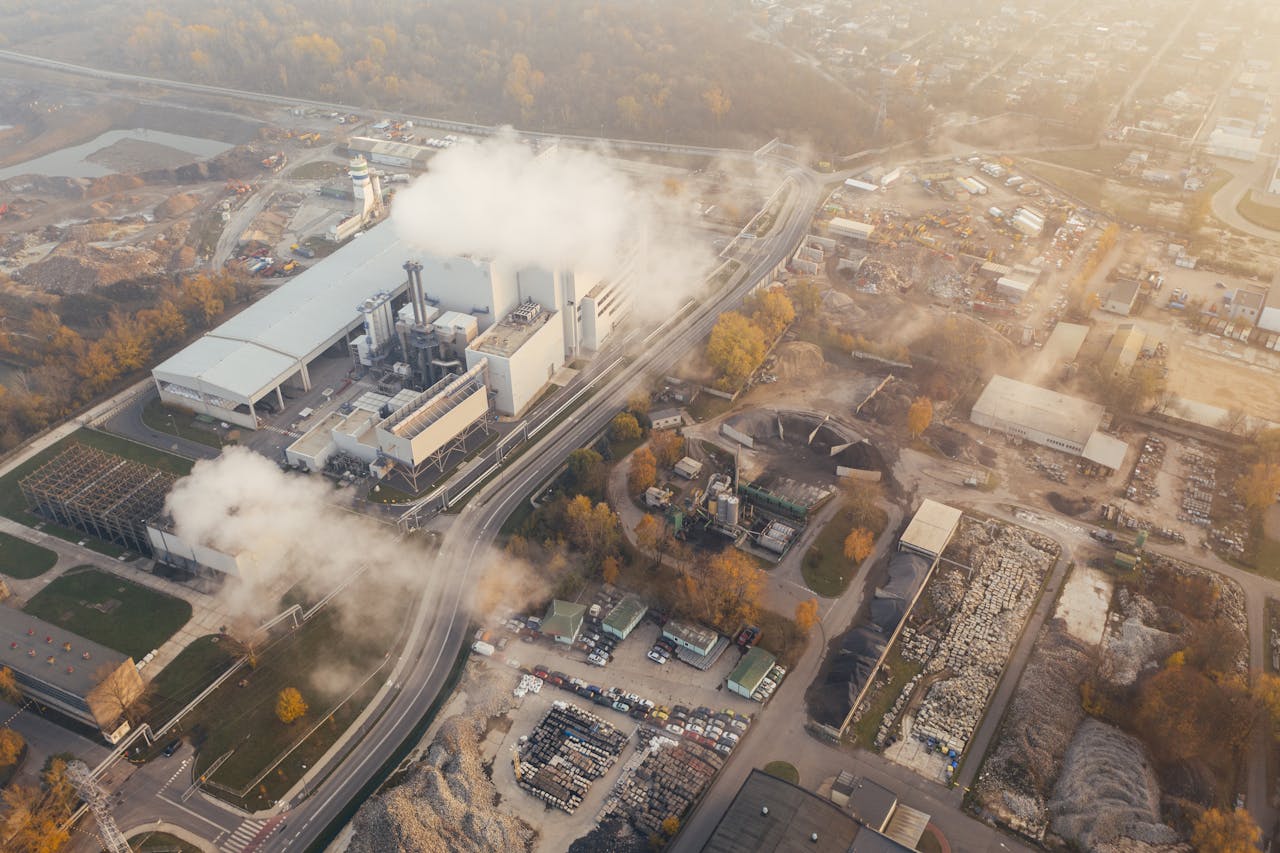For businesses today, energy efficiency is a necessity to cut costs, boost sustainability efforts, and stay ahead of an ever-evolving industry and market. Yet, despite its importance, a vital piece of the energy efficiency puzzle often gets overlooked: high-temperature expansion joint materials.
You might be thinking, “What’s so special about expansion joints?” Let’s dive in and unpack how these often-forgotten components are quietly revolutionizing industries by preventing energy losses, boosting performance, and driving sustainability.
High-Temperature Expansion Joints
High-temperature expansion joints may seem like a niche part of industrial equipment, but their role in energy management is anything but niche. They are the shock absorbers for your machinery. These specialized materials are designed to take the brunt of thermal expansion and contraction, processes that occur naturally when temperatures fluctuate in systems like heat exchangers, power plants, or chemical manufacturing facilities.
If expansion joints fail or wear out prematurely, they compromise the equipment they protect and waste energy. When these materials can’t manage the thermal stresses effectively, it leads to system inefficiency, higher operating temperatures, and, ultimately, more energy consumption. Now, imagine reversing that trend—this is where high-temperature expansion joint materials come into play.
The Science Behind Thermal Movement
Let’s talk about thermal movement for a second. We all know how metal expands when it gets hot and contracts when it cools down. In industrial settings, these movements are far more dramatic, especially when temperatures soar to thousands of degrees. Without expansion joints, machinery would be subject to the stresses caused by these temperature shifts. That’s when cracks, leaks, and breakdowns can happen, causing downtime and reducing system efficiency.
By using high-temperature expansion joint materials, industries can absorb these temperature changes, ensuring that equipment stays intact and operational. Materials like graphite, PTFE, and metal alloys are engineered to withstand extreme conditions that offer flexibility and durability. This allows systems to maintain integrity, running at optimal efficiency without the constant worry of breakdowns due to thermal expansion.
The Power of High-Temperature Expansion Joint Materials in Energy Efficiency
At this point, you might be asking: “How does all this impact energy consumption?” Well, let’s break it down in simple terms.
1. Minimizing Heat Loss
High-temperature expansion joints act as seals that prevent unwanted heat from escaping systems. By maintaining stable operating temperatures, they ensure that your equipment doesn’t have to work overtime to compensate for energy losses. This translates directly into reduced energy consumption.
2. Boosting Thermal Management
The ability to handle thermal fluctuations means less stress on your machinery. When expansion joints do their job, equipment runs smoother, with fewer breakdowns and less strain on components. This extends the life of your systems and keeps them performing efficiently and cuts down on the need for frequent repairs and replacements.
3. A Greener, More Sustainable Operation
By minimizing heat loss and reducing overall energy consumption, high-temperature expansion joint materials help lower carbon emissions. The more efficiently your systems run, the smaller your environmental footprint. Plus, by investing in long-lasting, durable materials, you’re committing to sustainability in the long run.
Why You Should Consider High-Temperature Expansion Joint Materials for Your Operations
The case for high-temperature expansion joint materials is clear: they reduce energy losses, improve system performance, and contribute to long-term sustainability. But how do you know which material is right for your specific needs? That depends on your system’s requirements, such as the temperature range, material compatibility, and the mechanical stresses your equipment faces.
Zepco is here to help you navigate these decisions. Whether you’re in power generation, chemical processing, or manufacturing, we offer expert guidance to ensure you select the right materials for your applications. Our team works closely with you to help you enhance your energy efficiency and sustainability goals.
Efficiency is Within Reach
Energy efficiency is taking a comprehensive approach to every part of your industrial operation. High-temperature expansion joint materials might not always be in the spotlight, but they’re one of the easiest and most effective ways to improve your system’s energy performance.
Investing in the right materials saves you money and helps you stay in terms of sustainability. Ready to take the next step toward reducing energy consumption and boosting your operational efficiency? Contact Zepco today to learn how our high-quality expansion joints can make a world of difference in your energy management strategy.
Why Zepco?
At Zepco, we understand the intricate details that go into optimizing industrial operations. Our high-temperature expansion joint materials are designed to help you minimize downtime, reduce energy waste, and improve overall system longevity. With our extensive expertise and commitment to quality, we’re here to help you make the right choices for your business.



